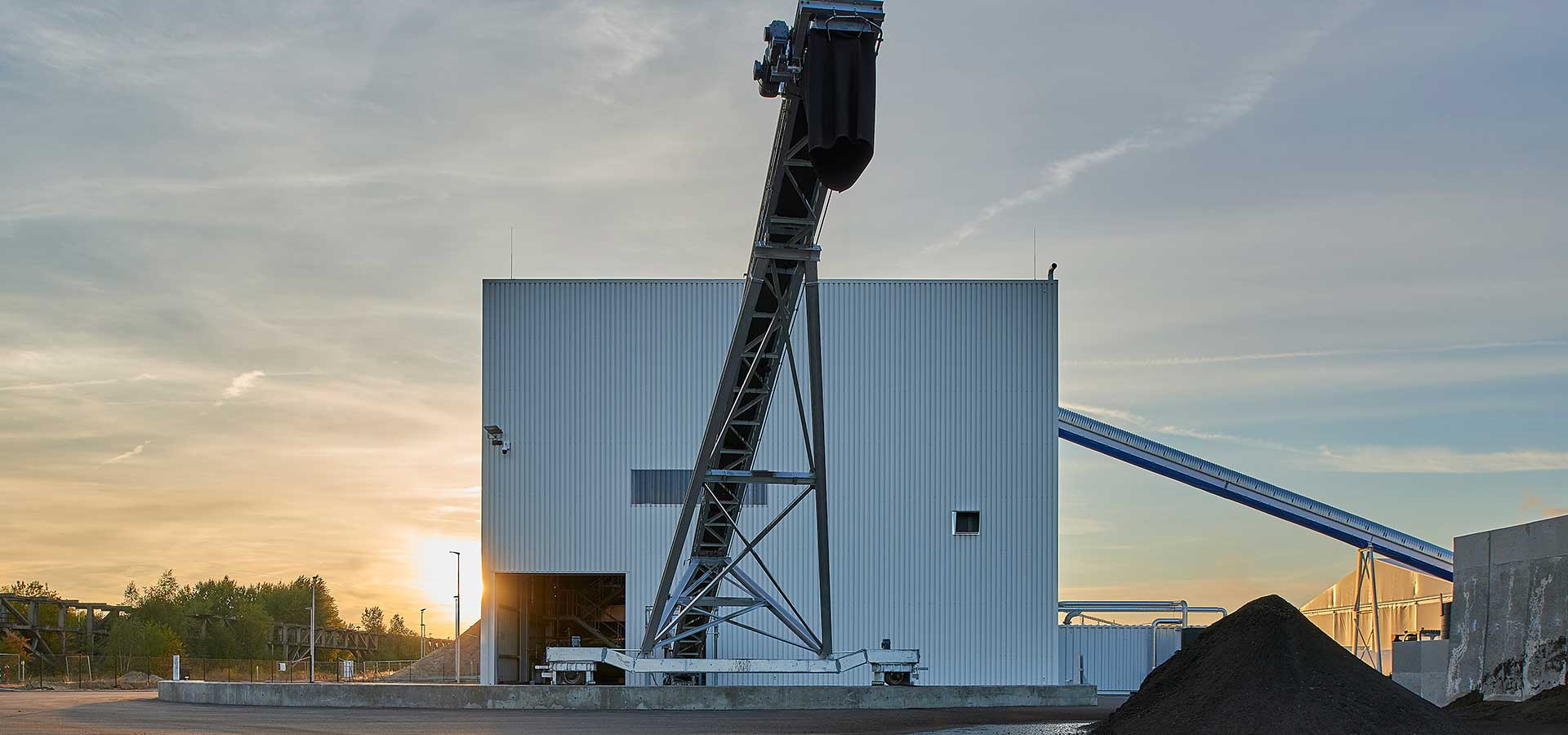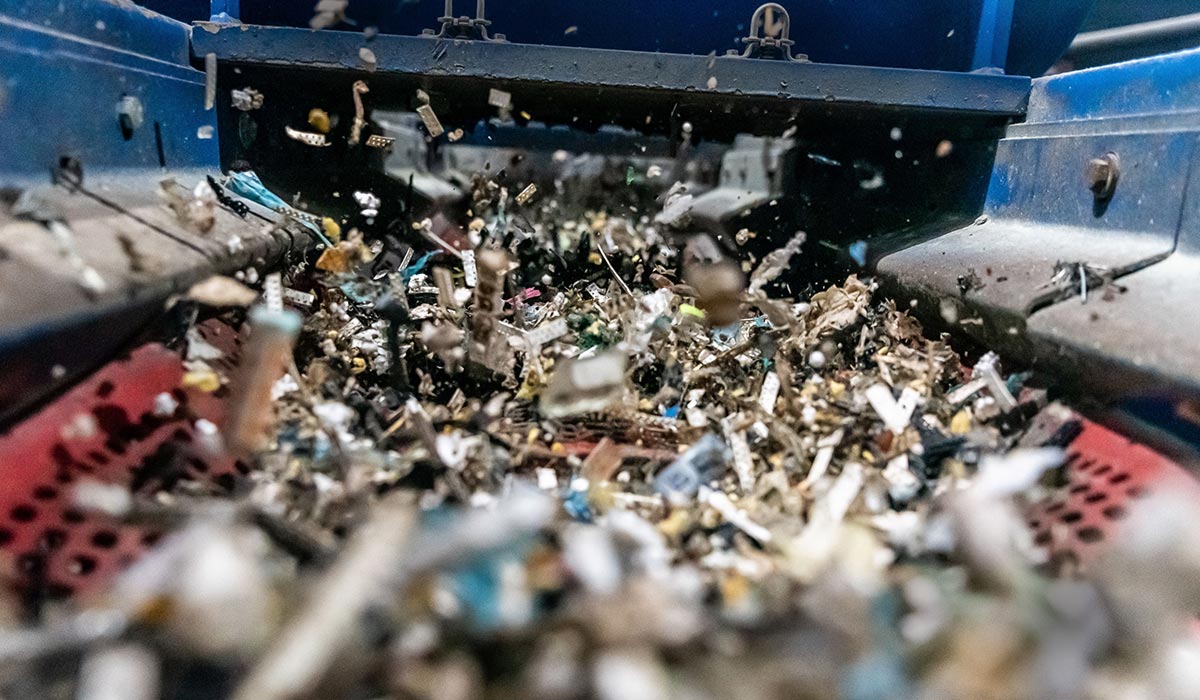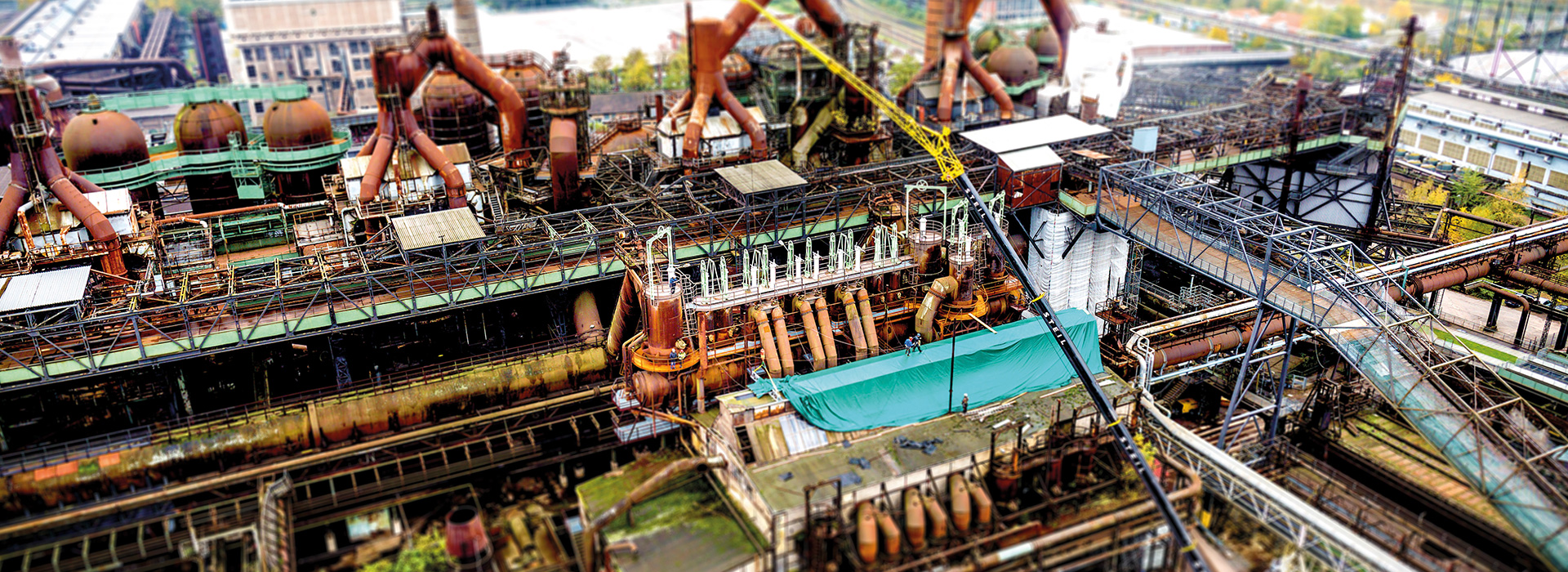
A lot of plastic in green waste - Why this is a problem
Anyone who has their own garden knows how much green waste accumulates in the course of a year. The Zweckverband für Abfallbeseitigung provides numerous containers for the disposal of green waste, leaves and branches. Unfortunately, it happens time and again that not only plant remains end up in the green waste containers, but also plastic bags and plastic plant pots as well as numerous other types of waste that have no business being there.
This is problematic in the recycling process. This is because the green waste does not end up in the waste incineration plant - like residual waste and bulky waste - but is processed in Iserlohn-Sümmern and partly in subsequent plants for subsequent use as fertiliser or soil conditioner. And of course plastic residues have no place there. Because they could later be found in farmers' fields or in potting soils.
Jochen Lippross, biomass division manager at Lobbe, explains the treatment process for the green waste: "In the first step, larger parts such as bags and plant pots are sorted out by hand by employees. This can add up to quite considerable quantities." Especially in spring and summer, many plant pots are taken out. Plastic bags, plastic foils and wood treated with wood preservatives, which also have no place in the green waste, are always there.
The overarching goal of processing and recycling green waste is sustainability and climate protection. But the more effort that has to be put into removing plastic and other substances from the green waste, the less efficient it is. "This system is ecologically exemplary. But it thrives on everyone joining in," says Jochen Lippross, summing up the treatment process. Therefore, Jochen Lippross appeals to citizens to make sure that only green waste is thrown into the containers when disposing of green waste. Plastic and other non-recyclable waste has no place there.

